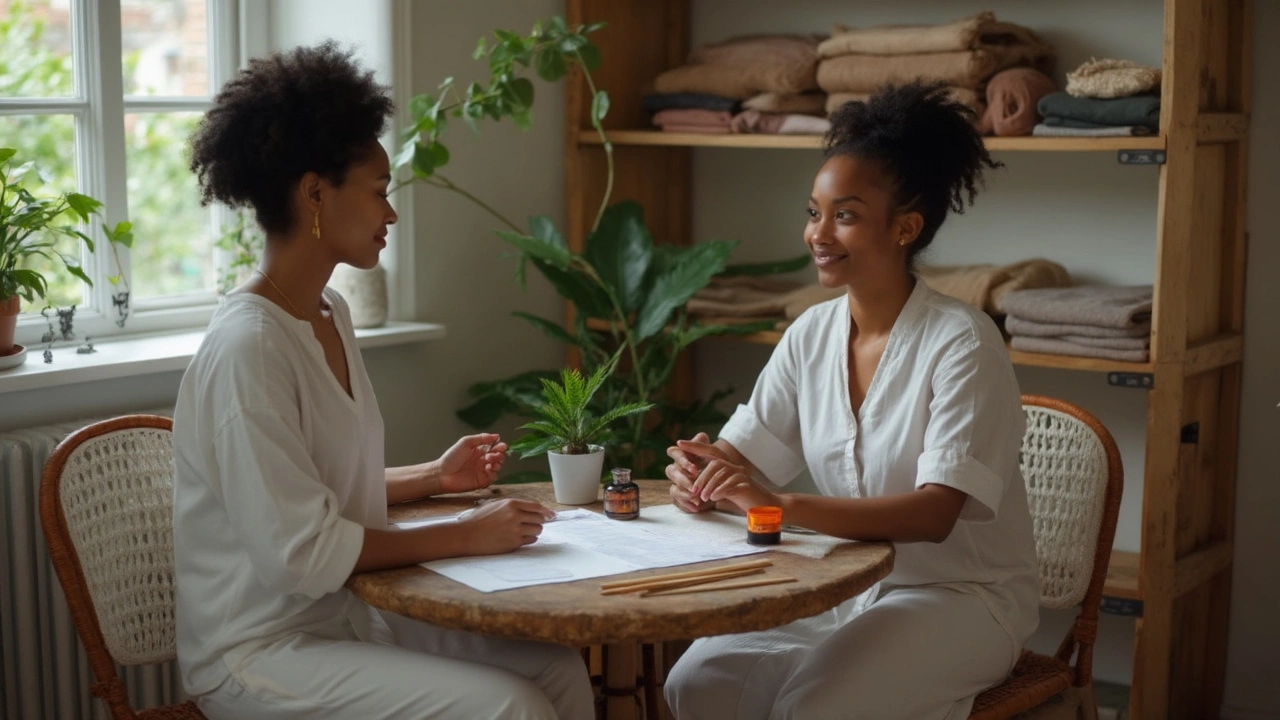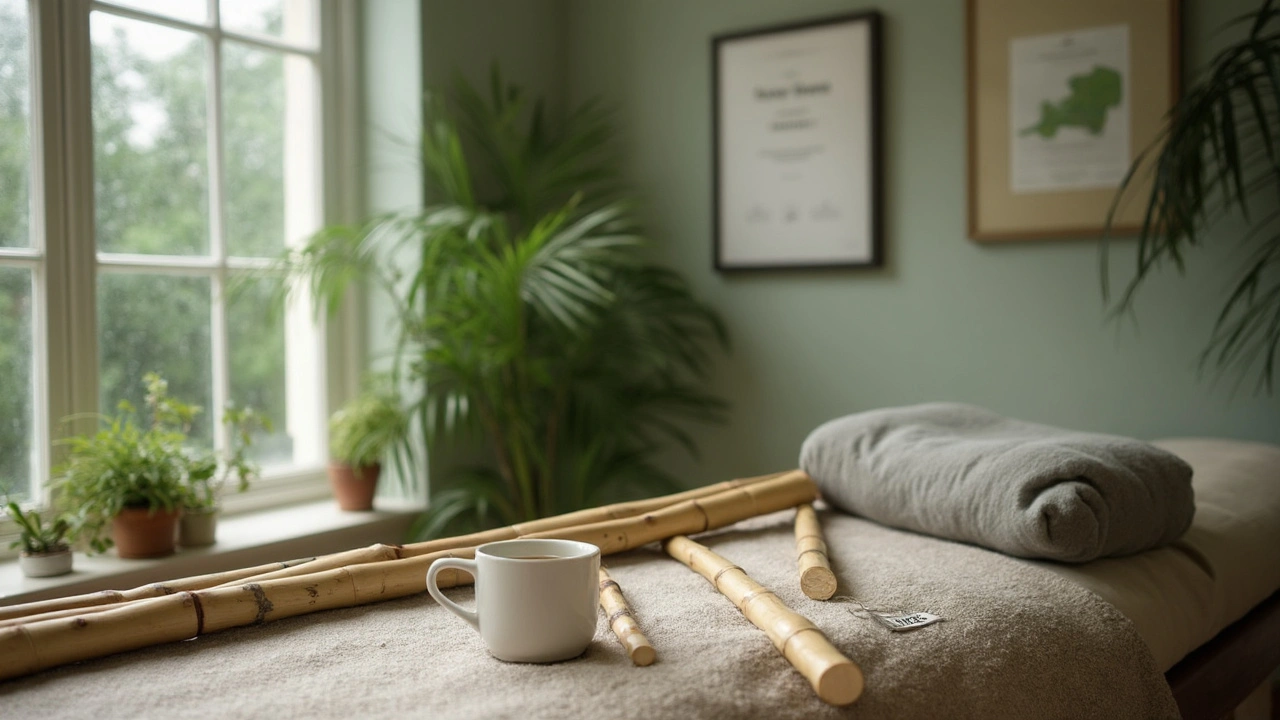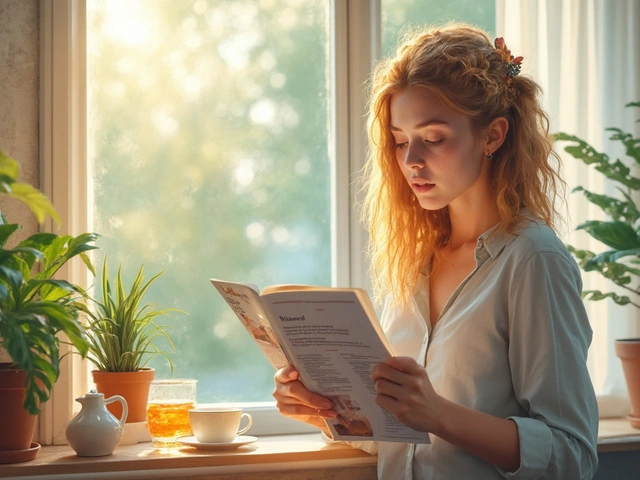You want something that eases deep tension without the bruised-for-days feeling. You’ve heard of bamboo massage, but “Creole” adds a twist-rhythm, warmth, and a cultural vibe that promises more than cookie-cutter spa strokes. Here’s what it really is, what it’s good for, what to avoid, and how to book a session you’ll actually love.
TL;DR
- Creole Bamboo Massage blends warmed bamboo tools with rhythmic, Caribbean-influenced flow to deliver deep but smooth pressure.
- Best for tight quads, hamstrings, hips, and back; good for stress relief and post-activity stiffness. Not a detox cure or medical treatment.
- Expect a guided intake, warm bamboo rolling/kneading, and steady pressure you can control with a 1-10 scale.
- UK prices: usually £55-£90 for 60 minutes; check training, insurance, and hygiene standards.
- Evidence: strong for massage in general (short-term pain and stress relief), limited for bamboo specifically; follow safety guidelines (NICE suggests manual therapy as part of a wider plan with exercise).
What Is Creole Bamboo Massage?
Short version: it’s bamboo massage with a cultural heartbeat. Therapists use warmed bamboo sticks of different sizes to glide, roll, and knead muscles. The “Creole” influence shows up in the pacing, music, and sensory details-think steady rhythm, breath-led sequences, and natural oils with warm, spicy or citrus notes. The goal is to combine deep tissue efficiency with a calmer, more musical touch.
The bamboo tools are usually heated to a gentle, skin-safe warmth (comparable to warm stones, but typically a notch cooler in practice). The heat helps muscles soften, so pressure can go deep without the sharp edge of an elbow. You still guide the pressure-if you say “5 out of 10,” a good therapist will keep it there.
There’s no single rulebook for this style. Some therapists focus on longer rolling strokes along the calves and IT band; others work more static holds on the glutes and upper traps. Expect a fusion: long glides to warm up, slower compressions where you’re tight, then rhythmic rolling to finish.
A quick reality check: research on bamboo massage is thin. But massage therapy as a whole has decent evidence for short-term pain and anxiety relief. Cochrane reviews on non-specific low back pain report small-to-moderate short-term benefits for pain and function. NICE (UK) advises manual therapy (including massage) only as part of a wider plan with exercise for back pain, not as a standalone cure. That’s not a downer-it’s a reminder to combine sessions with movement and good daily habits.
If you’ve tried deep tissue and found elbows too sharp, or hot stones felt too floaty, this sits in a sweet spot: deep, warm, and steady. If you want a quick way to remember it, call it “deep tissue with rhythm.” For searchers: yes, this is still creole bamboo massage.
How a Session Works (Step by Step)
I live in Birmingham and have tested this style locally and on trips. Good sessions follow a clear arc. Here’s what to expect, and what to ask for.
- Short intake (5-10 minutes). You’ll cover goals (e.g., tight hips post-running), injuries, meds, and pressure preferences. Tell them where you bruise or feel numb, and if you’re pregnant or on blood thinners. Pro tip: agree a 1-10 pressure scale upfront.
- Warm-up. Light hands-on strokes and quick towel compressions to assess tissue. If the table heater or room feels too warm or cool, say so early.
- Tool intro. The therapist shows you a small bamboo stick and checks the temperature on their forearm first. You should feel warm-not hot. If it’s too warm, speak up immediately.
- Main work. Expect a mix:
- Long glides along big muscle lines: calves, hamstrings, quads, lats.
- Rolling and kneading to ease adhesions, especially IT band and forearms.
- Static compressions on trigger points in glutes, upper traps, and between shoulder blades.
- Integration. The best part: rhythmic sequences that link areas-hips to low back, calves to hamstrings-so your body doesn’t feel treated in pieces. This is where the Creole flow shows.
- Finish and aftercare. Light strokes or a slow stretch. You’ll get a few simple tips-walk for 5-10 minutes later, gentle mobility that evening. You do not need to “flush toxins” with a gallon of water. Hydrate to thirst. Soreness next day is normal; sharp pain is not.
Set realistic expectations. One session helps tightness and stress. For stiff hips from desk work or running, plan 3-5 sessions over 6-10 weeks, paired with mobility and strength-hip hinges, split squats, face-pulls. Massage opens a window; your daily movement keeps it open.

Who It’s Best For-and When to Avoid
If you want deep pressure without sharp elbows, or your calves, IT bands, and glutes feel like guitar strings, you’re in the right lane. The warmed tools glide smoothly, which suits people who tense up during typical deep tissue.
Good fits:
- Runners and gym-goers with tightness in calves, quads, glutes, or traps.
- Desk workers with upper-back stiffness and a clenched jaw/neck.
- People who like structured rhythm and steady pressure rather than stop-start digging.
- Those who find hot stone too light but deep tissue too pokey.
Be cautious or avoid if:
- You’re on anticoagulants (e.g., warfarin) or have a bleeding disorder-ask for very light pressure only, avoid deep rolling on thighs and arms.
- You have active skin infections, open wounds, sunburn, or recent bruising in the treatment area.
- You have significant neuropathy or reduced sensation-heat may feel safe when it isn’t; ask for minimal warmth or a no-heat version.
- You’re pregnant-book a prenatal-certified therapist; many avoid bamboo tools entirely in pregnancy, especially on legs and abdomen.
- You’ve had recent DVT, surgery, or fractures-get medical clearance first.
- You have unstable cardiovascular issues or uncontrolled high blood pressure-check with your clinician.
Evidence snapshot (plain English): Massage can lower short-term pain and stress. Reviews on anxiety show small-to-moderate benefits. For persistent back pain, NICE (UK) advises manual therapy as part of a program that includes exercise and education. That means use this as a helpful add-on, not a sole fix.
Results you can expect: looser hips/calves right away, easier overhead reach, and calmer mood the same day. Most soreness fades within 24-48 hours. If bruising appears often, the pressure is too high or your tissues need a slower ramp-up.
| Modality | Feel | Best For | Typical UK Price (60 min) | Notes |
|---|---|---|---|---|
| Creole Bamboo Massage | Warm, deep, rhythmic | Legs, hips, back tightness; stress relief | £55-£90 | Deep pressure without sharp elbows; tool warmth varies |
| Swedish | Light to medium, flowing | General relaxation | £45-£70 | Less targeted for deep knots |
| Deep Tissue | Firm, slow, focused | Localized knots; postural tension | £55-£90 | Can feel sharp if you brace |
| Hot Stone | Warm, soothing | Stress, light-to-medium tension | £55-£85 | Less leverage than bamboo for deep layers |
Pricing based on 2025 rates in UK cities including Birmingham, Manchester, and London suburbs; individual studios vary.
Get the Most from Your Session (Setup, Aftercare, and At-Home Tips)
Before you go (same day):
- Skip heavy meals 1-2 hours before. A light snack is fine.
- Avoid new self-tanner or heavy lotions-they make tools slip too much.
- Note your tight spots and a goal: “Run without calf cramps” or “Sit 2 hours without neck pain.” Share it.
- Wear easy-on clothes; remove jewellery that could snag.
During (advocate for yourself):
- Use a 1-10 pressure scale. Keep it in the 5-7 range for deep work you can relax into. If you’re holding your breath or clenching, it’s too much.
- Temperature check: if the bamboo feels hot, say “cool it down, please.” Heat should feel pleasantly warm, never stingy.
- If you hate a scent, ask them to switch to neutral oil. Your nervous system rules the session.
After (next 48 hours):
- Walk 5-10 minutes the same day; gentle mobility at night (hips, thoracic spine, ankles). Keep it easy.
- Expect mild soreness like a good workout. If you feel sharp pain, contact the therapist to adjust next time.
- Hydrate to thirst. There’s no “toxin flush,” just normal recovery.
- Hold off max-effort training for 12-24 hours if the work was deep.
At-home mini-routine (no bamboo stick needed):
- 90/90 hip switches x 6 each side (slow, breathe out).
- Calf raises with a 2-second lower x 10.
- Doorway pec stretch x 30 seconds each side.
- Box breathing: 4 seconds in, 4 hold, 4 out, 4 hold, for 3-4 rounds.
These moves help keep the gains from your session. If you do own a bamboo or roller stick, keep pressure at a comfortable 4-5/10 and avoid bony areas, varicose veins, and fresh bruises.
How to Choose a Therapist + Checklist, FAQs, Next Steps
There’s no single regulator for every massage style in the UK, so do a quick quality check. In Birmingham, I look for a therapist who explains their method clearly and doesn’t oversell “detox.” I want training, insurance, and clean, well-kept tools.
Quick checklist (copy/paste):
- Training: has CPD or specific bamboo massage training, plus a baseline qualification (e.g., Level 3/4 in massage therapy or sports massage).
- Insurance: public liability and professional indemnity (ask if unsure).
- Hygiene: towels fresh per client; tools cleaned and heated safely.
- Intake: asks about meds, injuries, and goals; agrees a pressure scale.
- Boundaries: clear draping, consent before sensitive areas, no hard sell.
- Plan: offers aftercare and, if needed, pairs with movement or physio.
Red flags: claims to “flush toxins,” cure serious conditions, or dismisses your feedback about heat/pressure. Deep pressure isn’t better pressure; your nervous system decides what helps.
Simple decision guide:
- If you like deep tissue but tense up with elbows → try Creole Bamboo.
- If you want feather-light relaxation → Swedish may fit better.
- If you want spa warmth with lighter pressure → hot stone.
- If you need a pain plan for back issues → combine massage with exercise (per NICE).
Mini-FAQ
- Does it hurt? It shouldn’t. Aim for 5-7/10 pressure. If you brace or hold breath, it’s too high.
- What should I wear? Usually undress to your comfort level; you’ll be draped. Sports shorts are fine if you prefer. Oil is used.
- How many sessions do I need? For general tightness: 1-3 to test response. For recurring stiffness: 3-5 over 6-10 weeks, plus mobility and strength work.
- Is it safe with high blood pressure? If controlled and you feel well, usually yes with moderate pressure; avoid extremes and long head-down positions. When in doubt, ask your clinician.
- Is bamboo sustainable? Bamboo grows fast and is often considered sustainable, but quality and sourcing vary. Ask about reusable tools and cleaning protocols.
- Any science? Direct bamboo studies are limited. Massage in general shows short-term relief for pain and stress (Cochrane reviews), and guidelines suggest using it within a broader plan, not as a cure-all.
Next steps: If you’re curious, book a 30-45 minute taster focused on one area (e.g., legs/hips). If you feel looser during your next workout or sit more comfortably at your desk the day after, you’ve got your answer.
Troubleshooting:
- Too sore after: Ask for lighter pressure next time and longer warm-up. Space sessions at least a week apart at first.
- Redness or heat rash: Could be sensitivity to oil or warmth. Request a neutral oil and lower temperature.
- Headache post-session: Eat a light snack and take a short walk. Next time, reduce pressure on traps/neck and avoid long face-down time.
- No change after 2-3 sessions: Add targeted stretches and basic strength (split squats, rows). If symptoms persist, see a physio or GP.
Why this style works for many: steady warmth helps muscles let go, the tools give consistent pressure, and the rhythmic flow keeps your nervous system calm. Combine that with a sensible movement plan and you’ll get results that last beyond the spa glow.
Notes on evidence and safety: Cochrane reviews (various years) support short-term benefits of massage for non-specific low back pain; NICE NG59 (updated 2020) suggests manual therapy only with exercise and education; the American College of Physicians (2017) lists massage among non-drug options for acute/subacute low back pain. Use common sense and consult a clinician for complex conditions.






